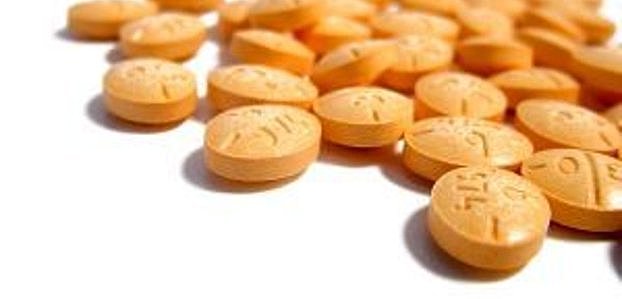Adderall, the popular amphetamine-based drug used to treat attention-deficit disorder (ADD), has become the “trendy” drug of choice among professional football players who have failed anti-doping tests. But since the National Football League (NFL) isn’t required to disclose the banned substance resulting in the adverse analytical positive, many people have speculated that these so-called Adderall cases are really anabolic steroid positives.
It seems that anabolic steroids have been so demonized in society that football players would much rather admit to using Adderall than anabolic steroids. Channing Crowder, a former Miami Dolphins linebacker, explained the steroid stigma in an interview with A.J. Perez of Fox Sports.
“It’s better than coming out and saying you did steroids,” Crowder said. “It’s kind of like getting busted for cocaine but telling your grandma it was marijuana. Marijuana is more socially acceptable.”
Due to a confidentiality clause in the NFL Policy on Anabolic Steroids and Other Substances, the League is not allowed to publicly disclose any details with regards to a positive anti-doping test. The NFL can only disclose the fact that a specific player violated the drug policy.
This allows players to blatantly lie about the drug(s) they were caught using. If they were caught using steroids, it doesn’t matter. They can claim it was Adderall.
“Honestly, I think Adderall is an excuse,” Crowder said. “Now, if you get busted, you just say it’s Adderall and it goes under the rug. The league can’t come out and correct you.”
Anabolic steroids arguably don’t even belong on the federal Controlled Substances list. The have long been considered the “bastard child” since they don’t share any of the same addictive potential of any other scheduled drug. Yet, steroids have been demonized to such a degree in society, that many people view them as one of the most “dangerous” drugs on the list.
The public thinks so little of athletes who use steroids that football players would rather admit using a drug that is scheduled in the same class as and has almost identical pharmacological properties as cocaine.
This doesn’t necessarily mean that all NFL athletes who claim to have been busted for using Adderall were really using anabolic steroids. They could very well be using the amphetamine drug either with or without a prescription.
Many NFL players have admitted using Adderall this year in response to failed drug tests. These include New England Patriots defensive lineman Jermaine Cunningham, Tampa Bay Buccaneers cornerbacks Eric Wright and Aqib Talib, New York Giants safeties Tyler Sash and Will Hill, Atlanta Falcons offensive lineman Joe Hawley and Cleveland Browns cornerback Joe Haden.
Many have produced a prescription but neglected to obtain a therapeutic use exemption (TUE) from the league administrators. While Adderall can be used as a performance-enhancing drug, it also has a legitimate place in medicine as a treatment for attention deficit disorder (ADD) and attention-deficity hyperactivity disorder (ADHD).
The government estimates that the lifetime prevalence of ADD/ADHD among adults is as high as 8%. Some psychologists claim that the prevalence in athletes could be twice as high. Given this data, it would not be surprising to see a large number of TUEs for Adderall approved for NFL players.
The large number of ADD/ADHD diagnoses and treatments with stimulant-based drugs such as Ritalin and Adderall have made these drugs somewhat socially acceptable.
It doesn’t matter that we’re talking about amphetamines. Society likes amphetamine users better than steroid users.

Source:
Perez, AJ. (November 29, 2012). Adderall: NFL’s new, trendy PED. Retrieved from http://msn.foxsports.com/nfl/story/adderall-nfls-new-trendy-ped-drug-steroids-112912

